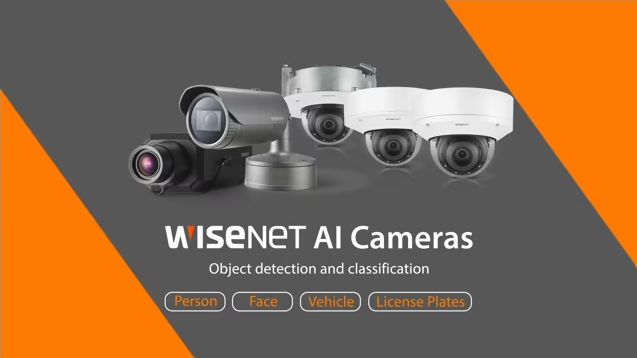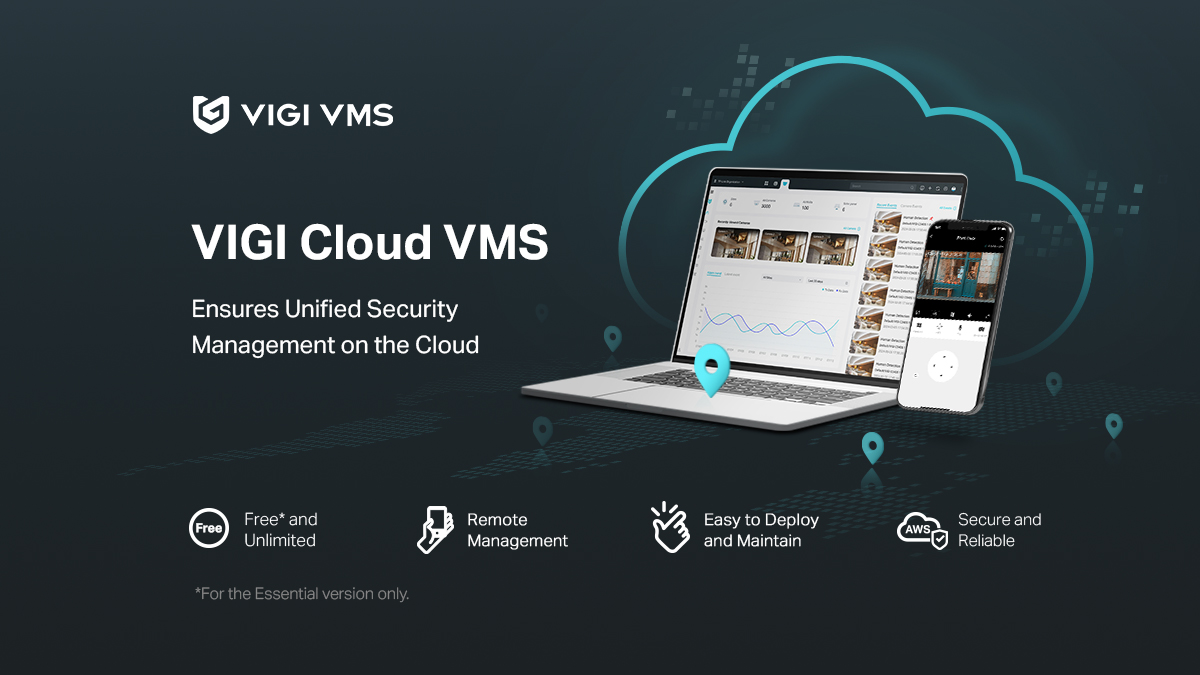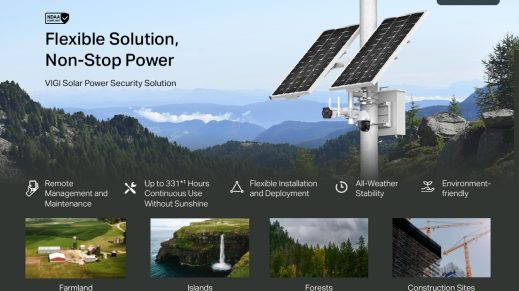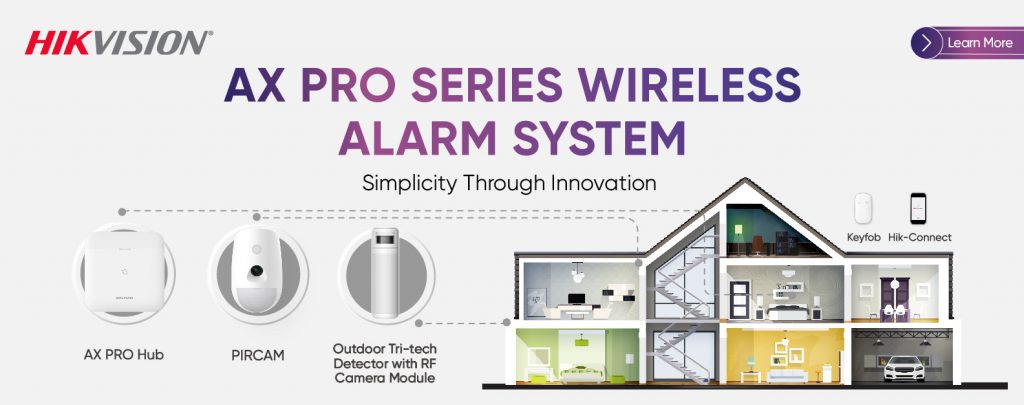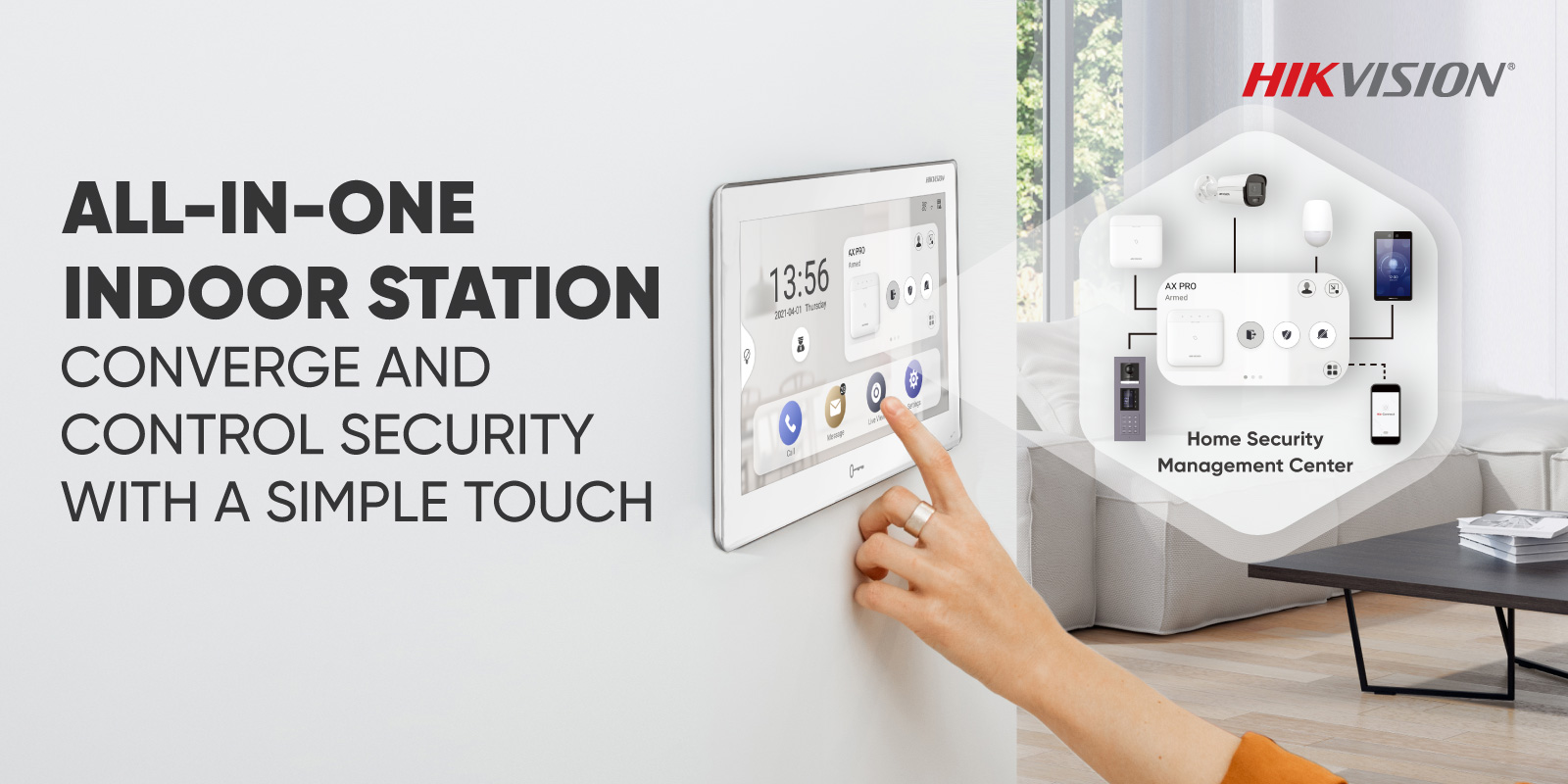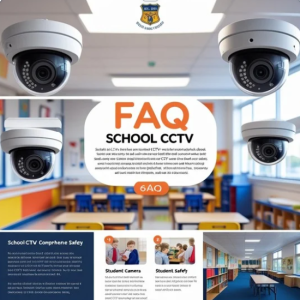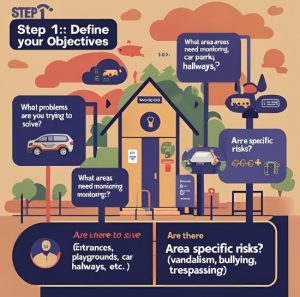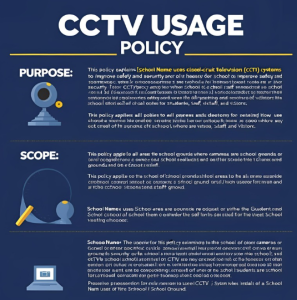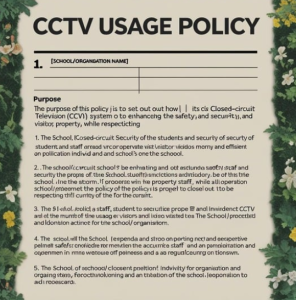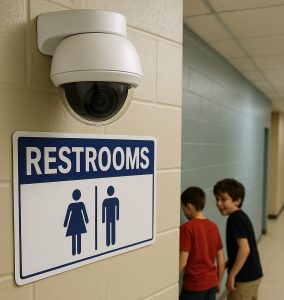No products in the cart.
School CCTV: Myths and Misconceptions
School CCTV systems are an increasingly common feature of modern education — helping to improve safety, deter misconduct, and support investigations. But despite their many benefits, CCTV is often misunderstood by students, parents, and even staff.
These misunderstandings can lead to confusion, mistrust, or unrealistic expectations about what a CCTV system can and cannot do.
This article debunks some of the most common myths about school CCTV and explains what schools should communicate to their communities about its role and limitations.
Myth 1: “CCTV Replaces Teachers and Supervisors”
One of the most common misconceptions is that CCTV can replace playground duty teachers, hallway monitors, or other staff supervision.
✅ The Reality:
CCTV is a support tool, not a substitute for staff. Cameras help staff by providing an extra set of “eyes” in areas they can’t be at every moment, but they cannot intervene in real time or resolve issues directly.
Example:
CCTV might capture a playground scuffle, but it still takes a teacher to step in, separate students, and manage the situation.
Myth 2: “CCTV Records Everything Forever”
Some parents or students believe CCTV keeps a permanent record of every single moment — which raises unnecessary privacy concerns.
✅ The Reality:
Footage is only kept for a limited retention period — usually 30 to 90 days — unless there’s a specific reason to keep it longer (like an ongoing investigation). After that, it’s securely deleted or overwritten. Keeping everything forever would be impractical, expensive, and unnecessary.
Myth 3: “Anyone Can Watch CCTV Footage”
Sometimes staff or parents think they can just ask to see footage whenever they want, or that teachers can casually check the cameras.
✅ The Reality:
Access to footage is tightly controlled and limited to authorised staff only. This protects everyone’s privacy and ensures footage is only viewed for legitimate purposes, like investigating an incident or responding to a police request.
Myth 4: “CCTV Stops All Bad Behaviour”
It’s easy to assume that just installing cameras will completely eliminate bullying, vandalism, or misbehaviour.
✅ The Reality:
CCTV reduces the likelihood of bad behaviour because students and staff know they’re being recorded — but it’s not a magic solution. CCTV works best as part of a wider culture of respect, clear rules, and good supervision.
Example:
In one school, graffiti incidents decreased significantly after cameras were installed, but occasional issues still needed follow-up by staff.
Myth 5: “CCTV is Invasive and Always Watching You”
Some critics believe cameras are spying on people constantly, even in inappropriate areas.
✅ The Reality:
Properly managed school CCTV only records public and common areas like hallways, playgrounds, entrances, and carparks. Cameras are never installed in private spaces like toilets or changing rooms, and their presence is clearly communicated to everyone through signage and policy.
Myth 6: “CCTV Can Be Watched Live at All Times”
Parents sometimes think schools have a dedicated team constantly monitoring every camera feed in real time.
✅ The Reality:
Most schools don’t have staff sitting at monitors all day. Instead, cameras record footage that can be reviewed later if needed. Some high-risk areas might be watched live during certain times, but live monitoring 24/7 is not practical or common.
Myth 7: “CCTV Can Prevent Every Incident”
Some assume CCTV somehow stops incidents before they even happen.
✅ The Reality:
CCTV deters some incidents and provides evidence afterward, but it can’t physically stop someone from acting inappropriately. It’s a preventive tool, but not a guarantee against every issue.
Myth 8: “CCTV is Mainly for Catching People Doing Wrong”
People sometimes see cameras as only being used for punishment.
✅ The Reality:
While CCTV can help identify misconduct, it’s just as important for keeping people safe, resolving misunderstandings fairly, and even protecting staff and students from false accusations. Many times, footage shows someone was not at fault, helping avoid unjust blame.
How Schools Can Tackle These Myths
Clear communication is key. Schools should:
✅ Include CCTV information in enrolment packs and handbooks.
✅ Hold Q&A sessions with parents and staff about CCTV’s role.
✅ Display clear signage showing where cameras are located.
✅ Publish and share the school’s CCTV Usage Policy and Privacy Policy.
By setting the right expectations, schools can ensure CCTV is seen for what it is: a helpful tool that complements good supervision and a positive school culture.
Final Thoughts
CCTV is neither a panacea nor an intrusion — it’s a carefully managed system that supports the safety and wellbeing of everyone in the school community. Understanding what it can and cannot do helps everyone feel more confident and comfortable with its use.
When myths are replaced with facts, CCTV becomes what it was always intended to be: a quiet, reliable partner in creating a safe, supportive environment for learning and growth.
CCTV Cameras for High Schools

High schools are dynamic and often challenging environments. With hundreds...
School CCTV Installation Guidelines

Best Practices for Safe, Effective & Compliant Camera Systems Installing...
Complete School Security Systems
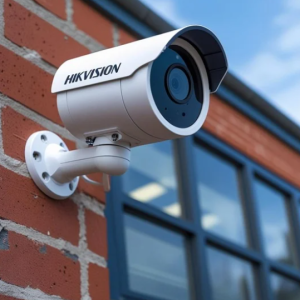
Installing CCTV cameras is no longer enough. Australian schools today...
Top 5 School Security Risks & How CCTV Helps
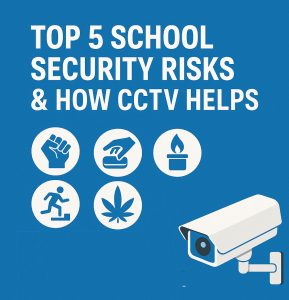
Protect Your School Against Today’s Most Common Threats Every school...
Balancing Privacy & Security with CCTV in Schools
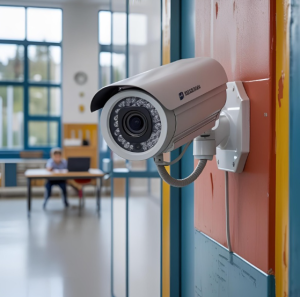
How to Protect Students While Respecting Their Rights Installing CCTV...
A Step-by-Step Guide for Principals & Administrators
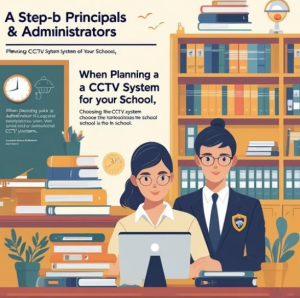
When planning a CCTV system for your school, choosing the...
Sample School Privacy Policy (includes CCTV)
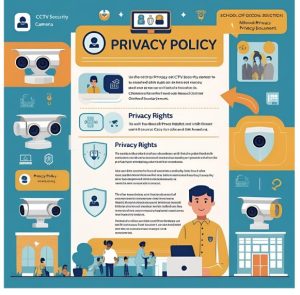
1. Introduction ___ [School Name] ___ (“the School”, “we”, “our”)...
Sample Incident Access Protocol — CCTV Footage

1. Introduction This Incident Access Protocol outlines the procedures for...
Sample CCTV Access Request Form Template

Confidential — for internal use only Please complete all sections...
Staff Responsibilities for School CCTV Systems
Installing a CCTV system is only one part of improving...
School CCTV: Myths and Misconceptions
School CCTV systems are an increasingly common feature of modern...
Choosing the Right CCTV System for Schools: A Buyer’s Guide
A high-quality CCTV system is a critical part of a...
CCTV Hacking Concerns in Australian Schools: How to Keep Your System and Students Safe
CCTV is fast becoming a standard feature in Australian primary...











